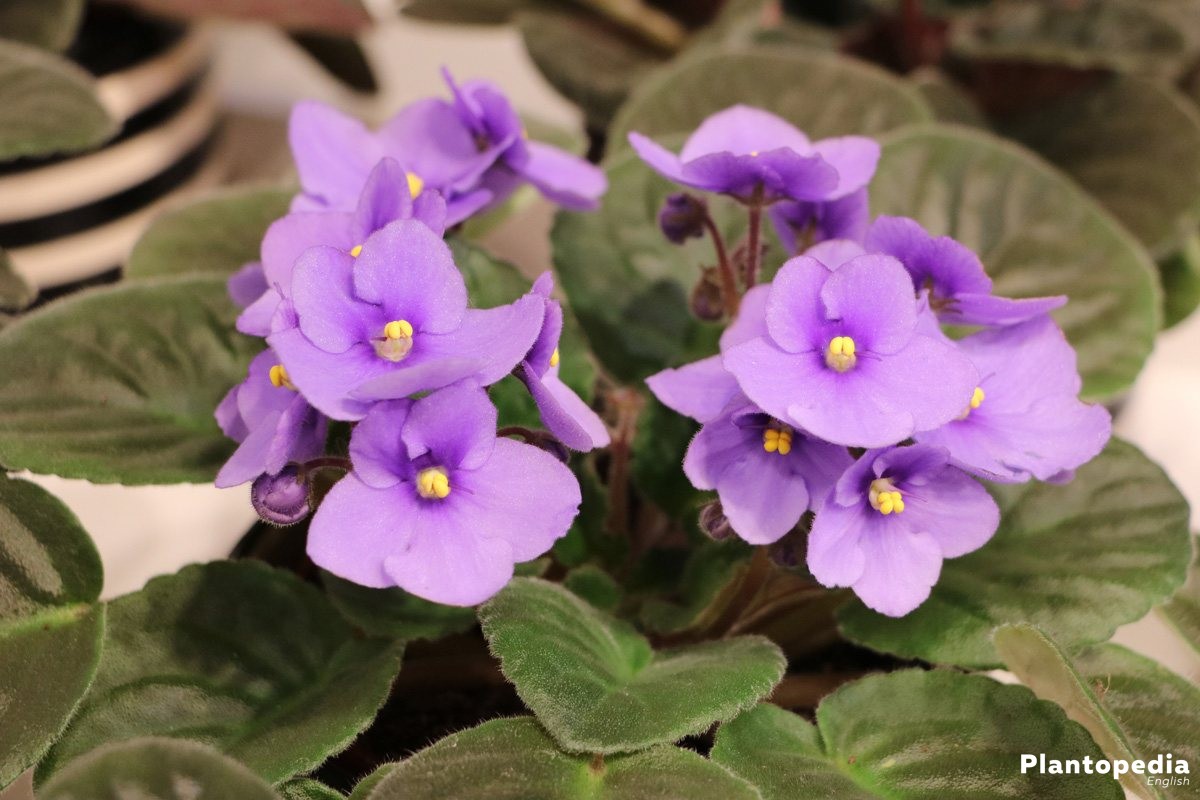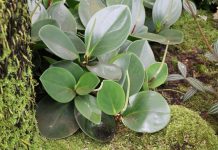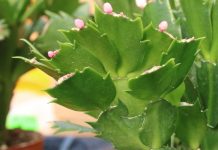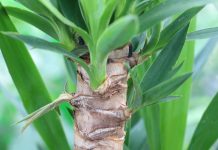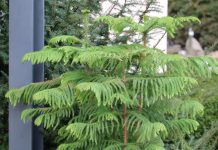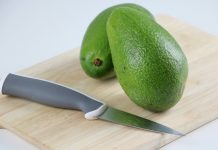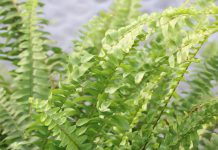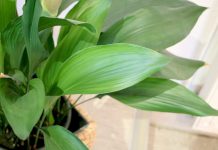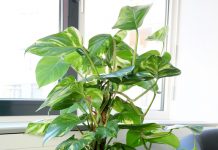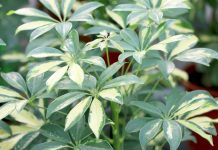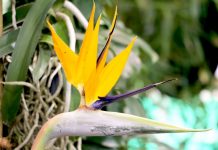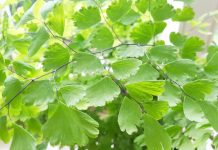Indoor plants fill rooms with a special atmosphere. Regarding light however, not every living space is suited to offer the appropriate light supply for indoor plants. Indoor plants which do not require much light can still be placed in dark spots and thus freshen up your living space with a shiny green and colorful blossoms. Inform yourself with our guide which species are available in this area.
Plant Profile
Contents
- dark and shady means: no direct sun exposure
- no plant can survive without no light exposure at all
- shady locations are e.g. north and east windows as well as spots which lie opposing to a window
- dark rooms are often cooler but should not be too cold
- indoor plants which do not require much light still have to be flawlessly taken care of
- the darker the room, the less water the plant requires
- indoor plants which are located in a dark spot are susceptible to waterlogging
Lots of light is often the prime condition for a powerful flourishing of indoor plants. They often cannot thrive appropriately and as a result die quickly if they are not supplied with a sufficient amount of light. Whoever would like to be creative in terms of decorating with flowers has a multitude of green and ornamental flowers at his disposal which offer great color tones with colorful blossoms. These flowers are regularly also very easy to keep healthy so that it does not necessarily require a lot of expertise to enjoy them for a long time.
Care
The following applies regarding the care of indoor plants: The darker the spot they are located in, the lower the room temperature may be and less water supply is required.
Indoor plants which are located in a shady or half-shady spot have a lower water consumption compared to sunny spots. If you water too much you could cause soil wetness. Indoor plants which require not much light tolerate in most cases dry soil. Leaves should often be sprayed in order to insure a minimal amount of wetness which can also be supported through a high humidity.
Light situation
Every flower requires light which should be, depending on the plant species, lighter or darker. The light conditions which are required for a flower to properly thrive and flourish are usually being announced at the time of purchase.
There are differences concerning:
- shady
- half-shady
- sunny
Shady
Details like “can be placed in a dark spot” do not mean that the plant requires no light at all. In this case a plant can be placed at a spot which does not supply any daylight. This can, for instance, be opposing to a window. Plants which prefer shady locations usually do not thrive under direct sun exposure or being exposed to the hot midday sun. The plant should not be directly exposed to sunlight for more than three hours.
Half-shady
Plants which prefer half-shady spots prefer spots near a window which do not face the south and only expose the plant to the sun for a mere few hours a day. Locations which are being exposed to the hot midday sun should be avoided. Half-shady spots can also be locations which are not directly located near a window but supply the plant with daylight through an angle. The duration of the exposure to direct sunlight should be between three to six hours.
Sunny
Sunny spots are specified as being spots where plants receive as much sunlight as possible. This is being insured by windows facing south. Many plants that prefer light exposure have no problems with direct sun exposure. The duration of direct sun exposure should be at least an average of six hours per day.
The average duration of exposure to direct sunlight is being determined by the mean amount of daily light exposure over a year.
Hardly any light
Indoor plants which do not require much light
Plants which do not require much light fall into the category of shady indoor plants which require less than three hours of direct sunlight or half-shady indoor plants which require a light exposure of between three to six hours. These are available as flowering as well as green plants.
Fern
- evergreen plant without blossoms
- tolerates the cooler morning and evening sun
- height of growth: Depending on fern variety between 10 and 250 centimeters
- preferred temperatures: between 18 degrees Celsius and 25 degrees Celsius
- requires a humidity of over 60 percent
- too much sun exposure hinders proper metabolism and results in a dying fern
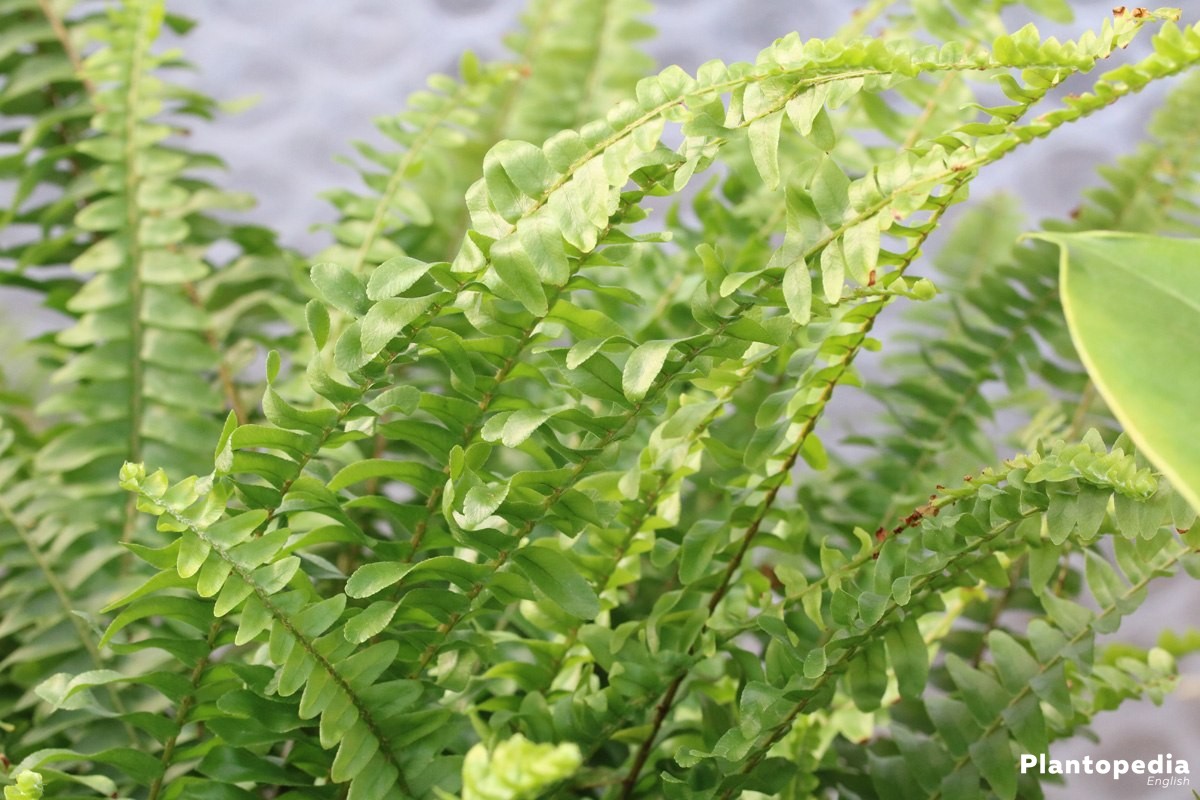
Howea forsteriana (Howea)
- green plant without blossoms
- preferred location: Bright to half-shady
- does not tolerate direct sun exposure
- shady spot is possible however lets it grow more slowly
- height of growth: Up to two meters
- the more shady the spot it is placed in, the less water it requires
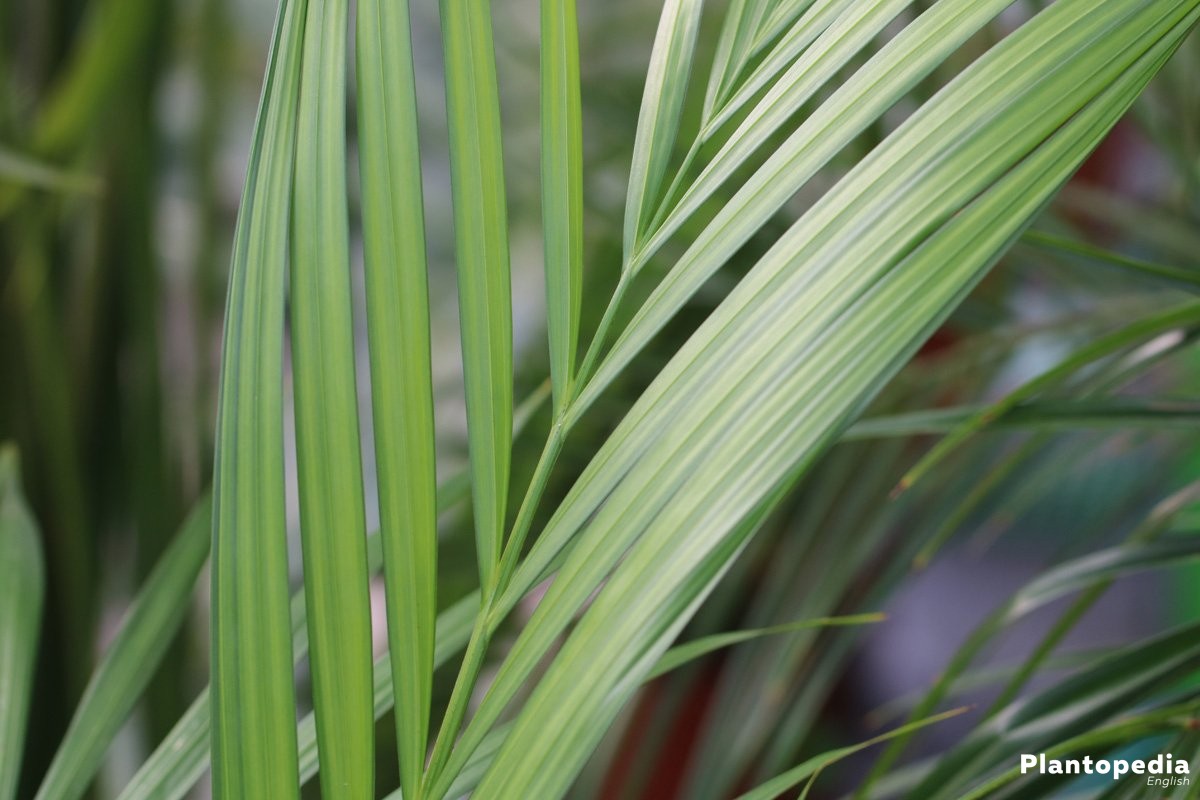
Aspidistra
- green plant without blossoms
- preferred location: shady to bright
- does not tolerate direct sun exposure
- does not tolerate heat, draft or dry air conditions
- height of growth: Up to 50 centimeters
- preferred temperatures: between 12 degrees Celsius and 25 degrees Celsius
- low-maintenance
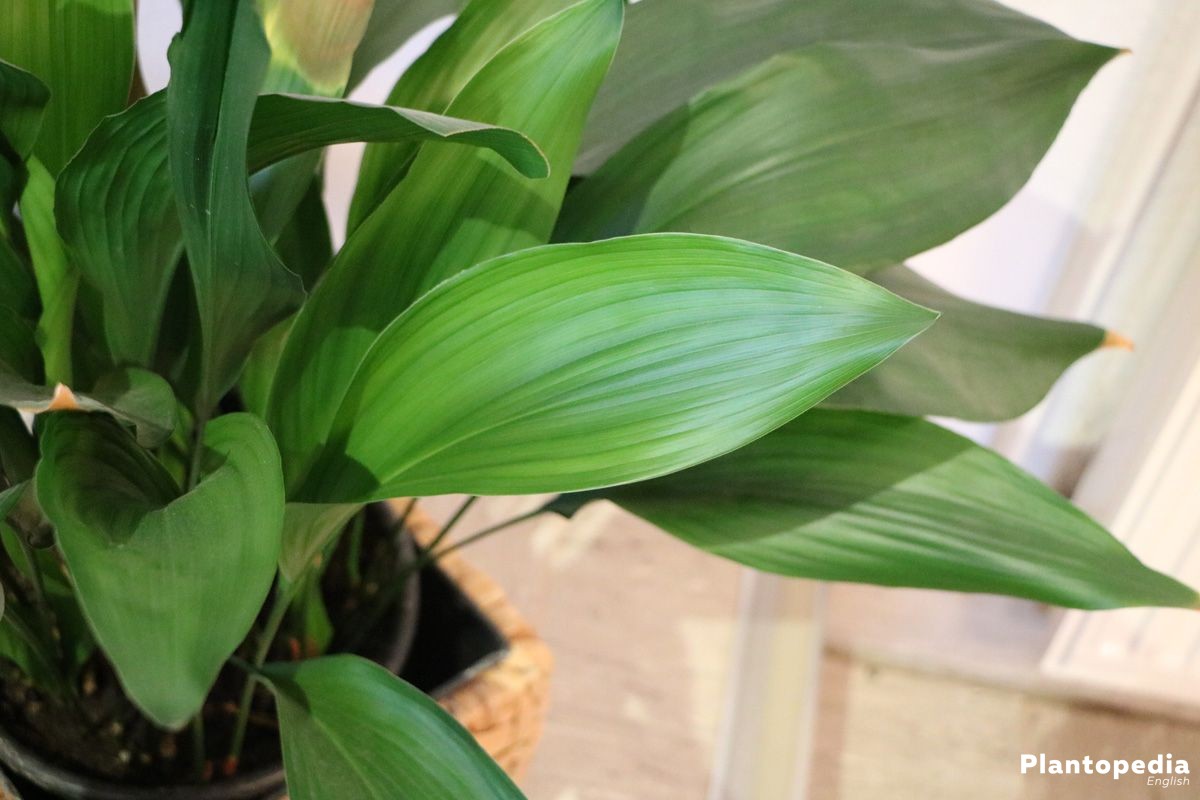
Beaucarnea recurvata
- green plant without blossoms
- preferred location: shady to half-shady
- morning and evening sun is ideal
- does not tolerate direct sun exposure from the hot midday sun
- preferred temperature: between 5 degrees Celsius and 30 degrees Celsius
- does not require a lot of water
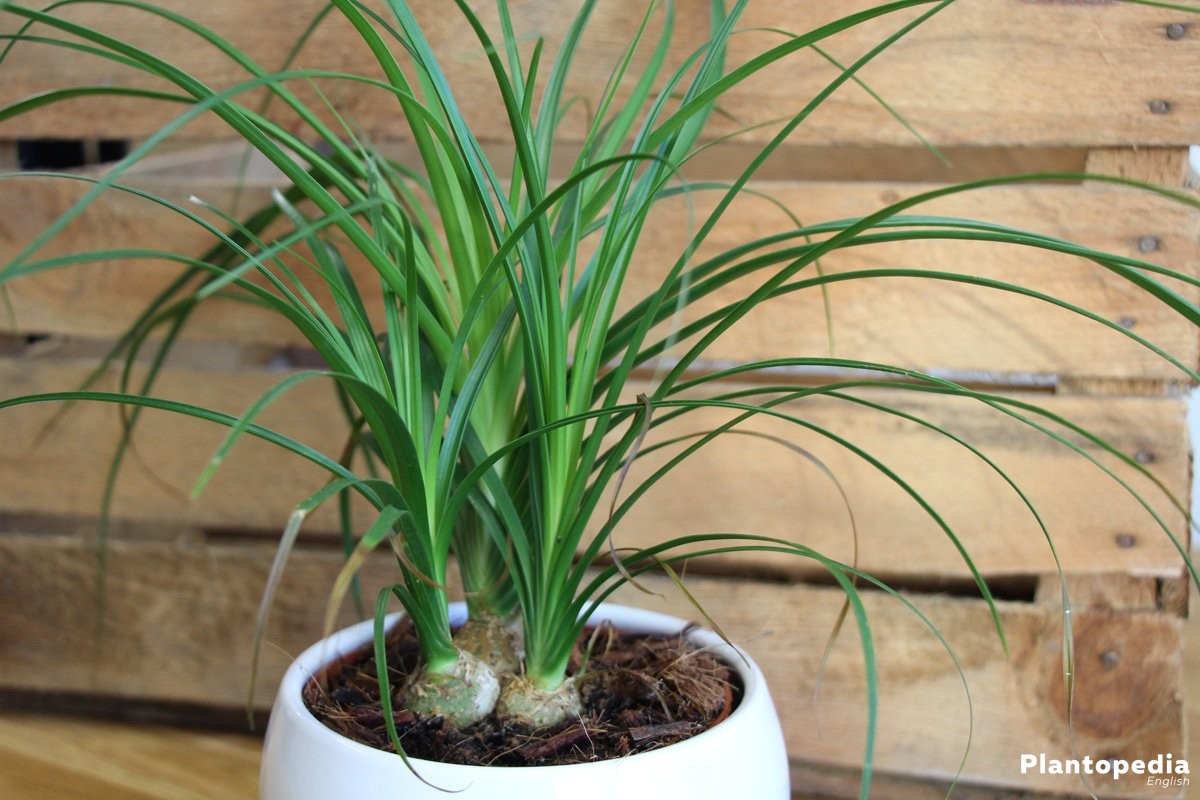
Araucaria heterophylla, Norfolk Tanne
- green plant without blossoms
- preferred location: half-shady
- does not tolerate direct sun exposure
- ideal location is near the a north window
- does not tolerate heat, draft or dry air conditions
- height of growth: Up to 200 centimeters
- preferred temperature: between 10 degrees Celsius and 18 degrees Celsius
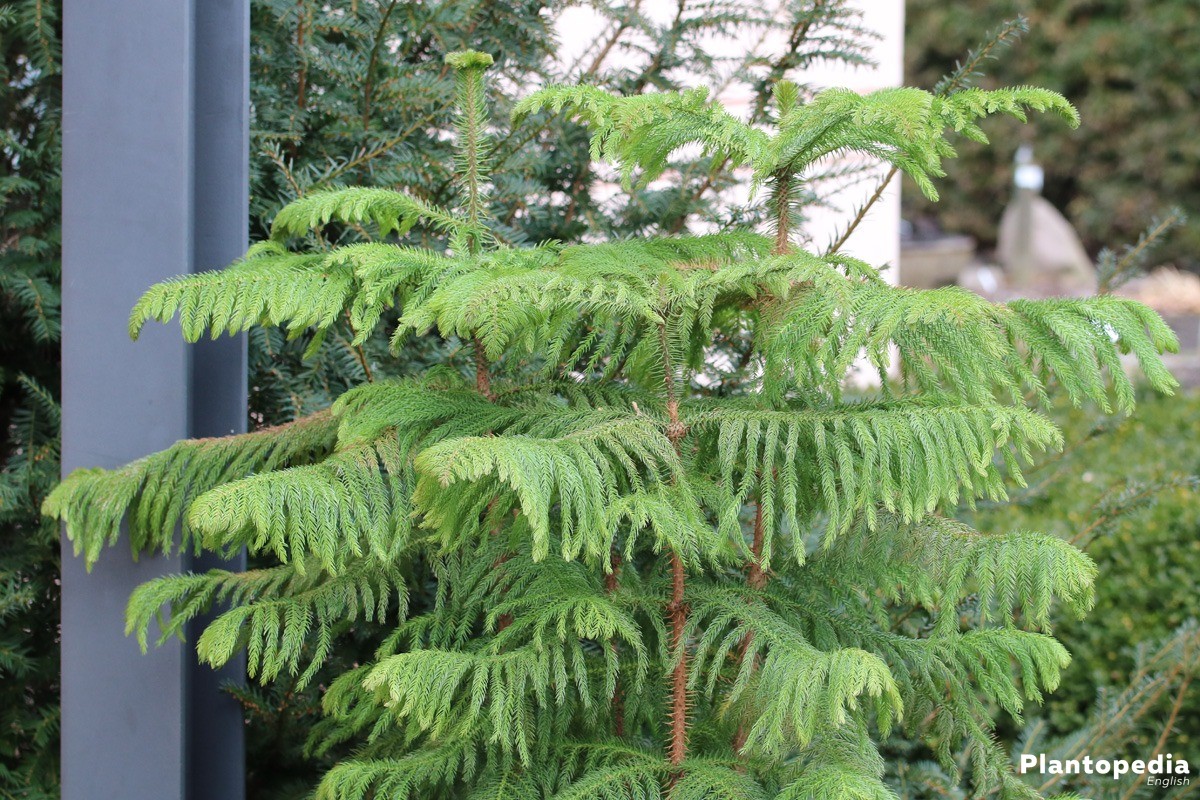
Epipremnum aureum
- evergreen climbing plant
- preferred location: half-shady
- does not tolerate direct exposure to the sun
- ideal location is near the a north window
- does not tolerate heat, draft or dry air conditions
- height of growth: Up to several meters
- preferred temperature: between 15 degrees Celsius and 25 degrees Celsius
Zamioculcas
- high-growing plant – blossoms are a rare occurrence
- preferred location: shady to half-shady
- does not tolerate direct sun exposure
- does not tolerate heat, draft or dry air conditions
- height of growth: Up to 150 centimeters
- preferred temperature: between 15 degrees Celsius and 22 degrees Celsius

Sansevieria
- evergreen plant without blossoms
- preferred location: half-shady
- tolerates sunny location
- does not tolerate direct sun exposure
- does not tolerate heat, draft or dry air conditions
- height of growth: depending on variety up to 150 centimeters
- preferred temperature: between 15 degrees Celsius and 22 degrees Celsius
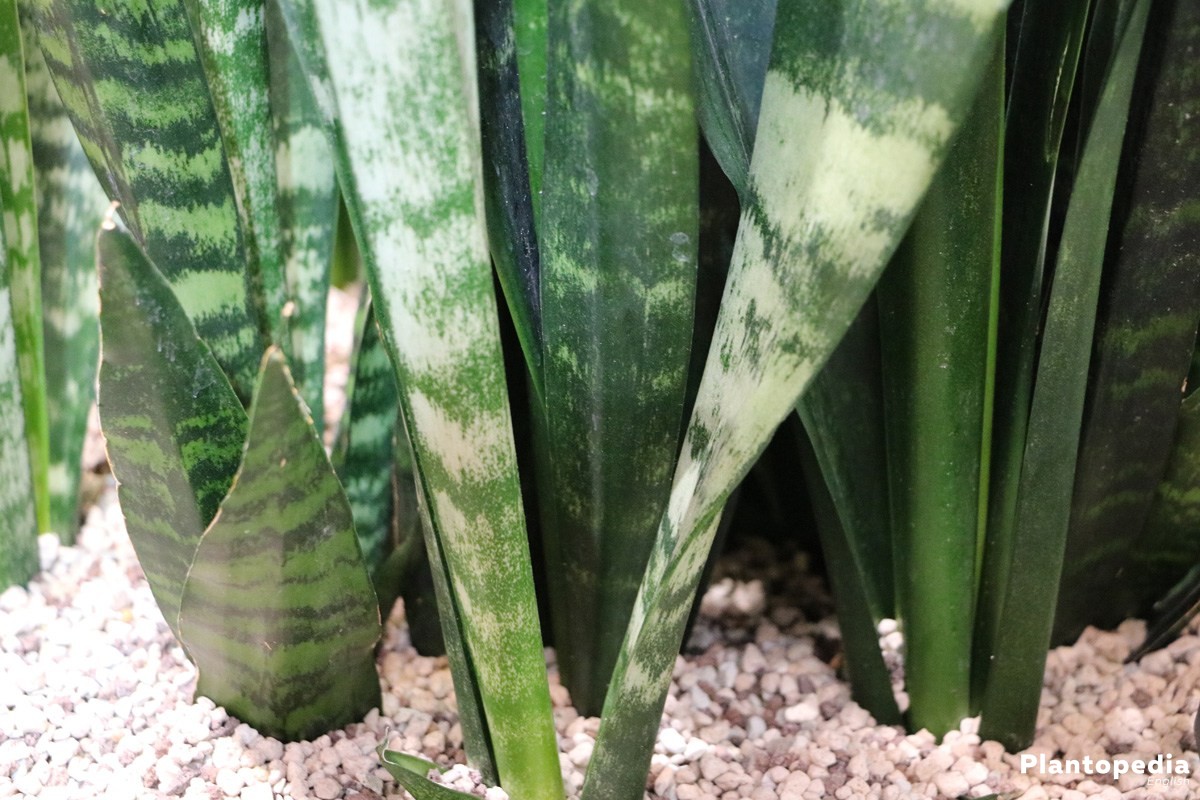
Asparagus
- green plant without blossoms
- preferred location: half-shady
- tolerates sunny location
- does not tolerate direct sun exposure
- thrives in the evening and morning sun
- does not tolerate draft or dry air conditions
- height of growth: between 30 centimeters and 150 centimeters
- preferred temperature: between 13 degrees Celsius and 22 degrees Celsius

Spider plant (Chlorophytum comosum)
- green plant without blossoms
- preferred location: Shady to half-shady
- does not tolerate direct sun exposure
- thrives in the evening and morning sun
- does not tolerate draft or dry air conditions
- height of growth: up to 50 centimeters
- preferred temperature: between 10 degrees Celsius and 22 degrees Celsius
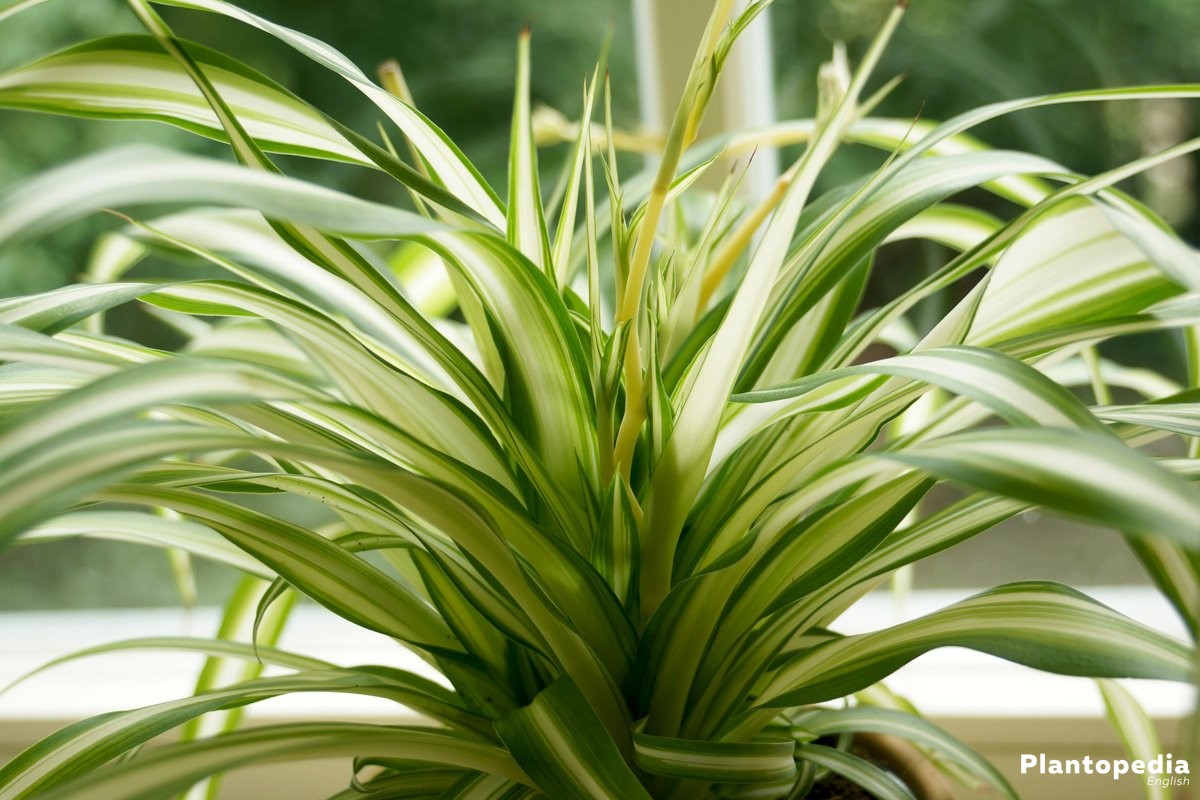
Philodendron
- tendriled, evergreen plant without blossoms
- preferred location: shady to sunny
- not direct exposure to the midday sun
- prefers high humidity
- height of growth: depending on the variety up to three meters
- preferred temperature: between 15 degrees Celsius and 24 degrees Celsius
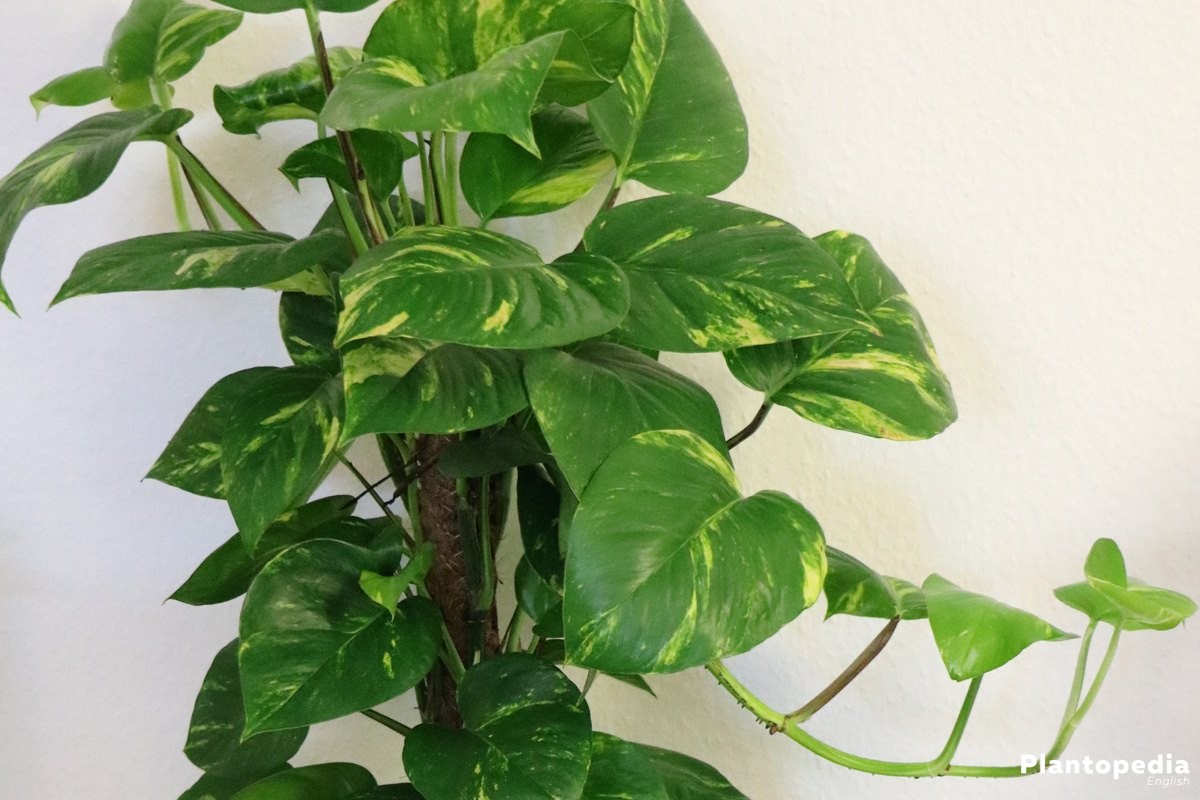
Soleirolia soleirolii
- evergreen plant without blossoms
- preferred location: shady to sunny
- does not tolerate direct sun exposure
- little light exposure leads to slower growth
- prefers high humidity
- height of growth: between 10 centimeters and 25 centimeters
- preferred temperature: between 18 degrees Celsius and 24 degrees Celsius
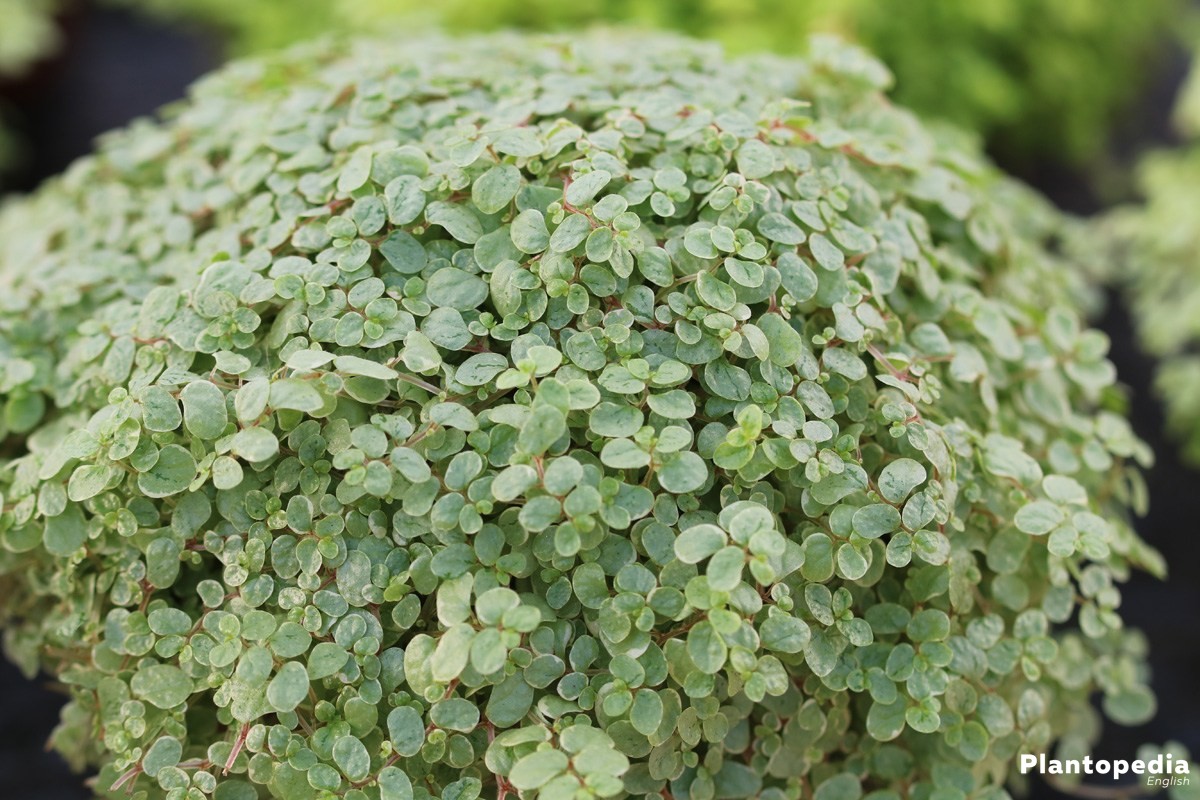
Schefflera
- evergreen plant – blossoms are rare
- preferred location: sunny – half-shady is tolerated
- does not tolerate direct sun exposure
- little light exposure leads to slower growth
- can easily handle warm air
- height of growth: Up to 250 centimeters
- preferred temperature: at least 18 degrees Celsius
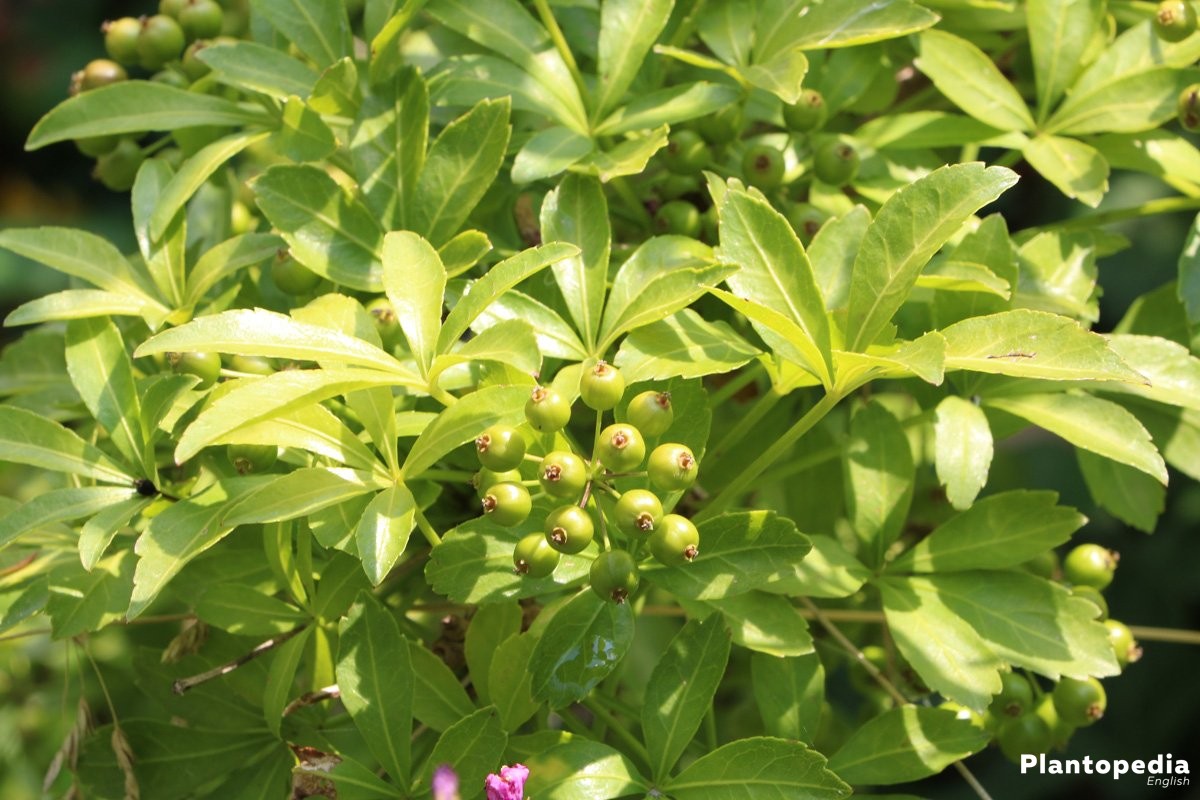
Solenostemon scutellarioides
- colorful ornamental plant
- leaf colors: red, gold/yellow, orange
- preferred location: sunny
- half-shady is tolerated with direct sun exposure at mornings and evenings
- height of growth: depending on the variety between 30 centimeters and 80 centimeters
- preferred temperature: In the case of a shady spot between 12 degrees Celsius and 15 degrees Celsius
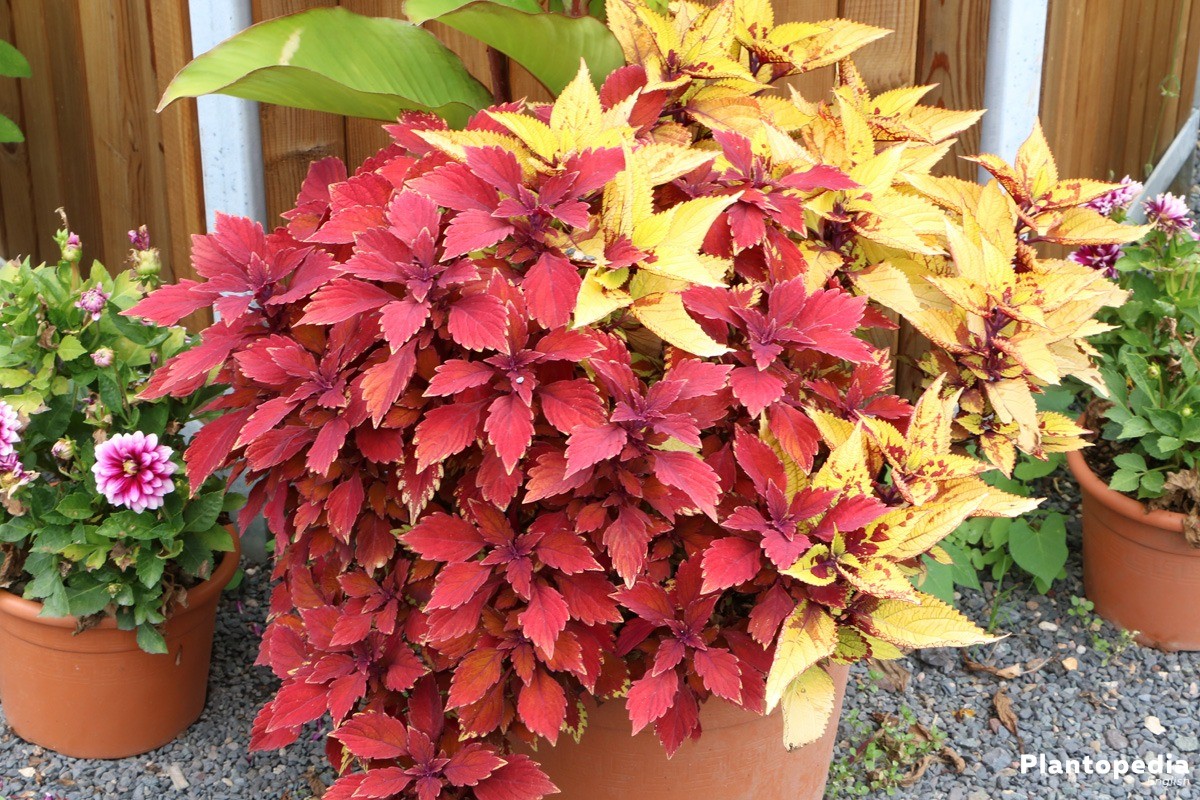
Dark Rooms
Blooming indoor plants which do not require a lot of light
If you would like to freshen up dark spots in your room with indoor plants that carry colorful blossoms, you can choose the following indoor plants.
Spathiphyllum
- evergreen plant with white blossoms
- flowering period: Spring/Summer
- preferred location: shady to half-shady
- sunny-bright location is tolerated
- no direct sun exposure
- locations with high humidity are preferred
- height of growth between 20 to 120 centimeters
- preferred temperature: At least 15 degrees Celsius
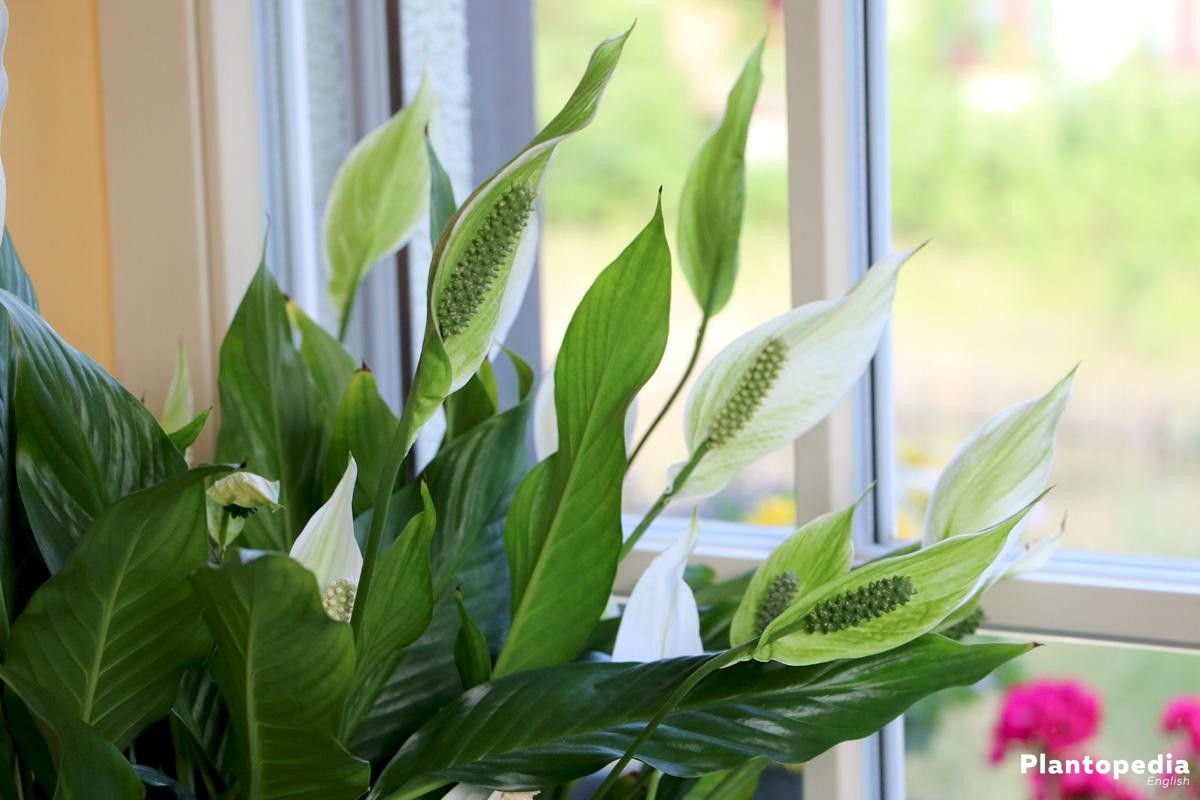
Alokasien
- evergreen plant which, depending on the variety, has colorful blossoms
- blossoming: Usually only with progressed age
- preferred location: shady to bright half-shade
- does not tolerate direct sun exposure
- warm spots with high humidity are preferred
- height of growth: Between 50 centimeters and 100 centimeters, rarely 400 centimeters
- preferred temperature: at least 18 degrees Celsius, ideal is 22 degrees Celsius
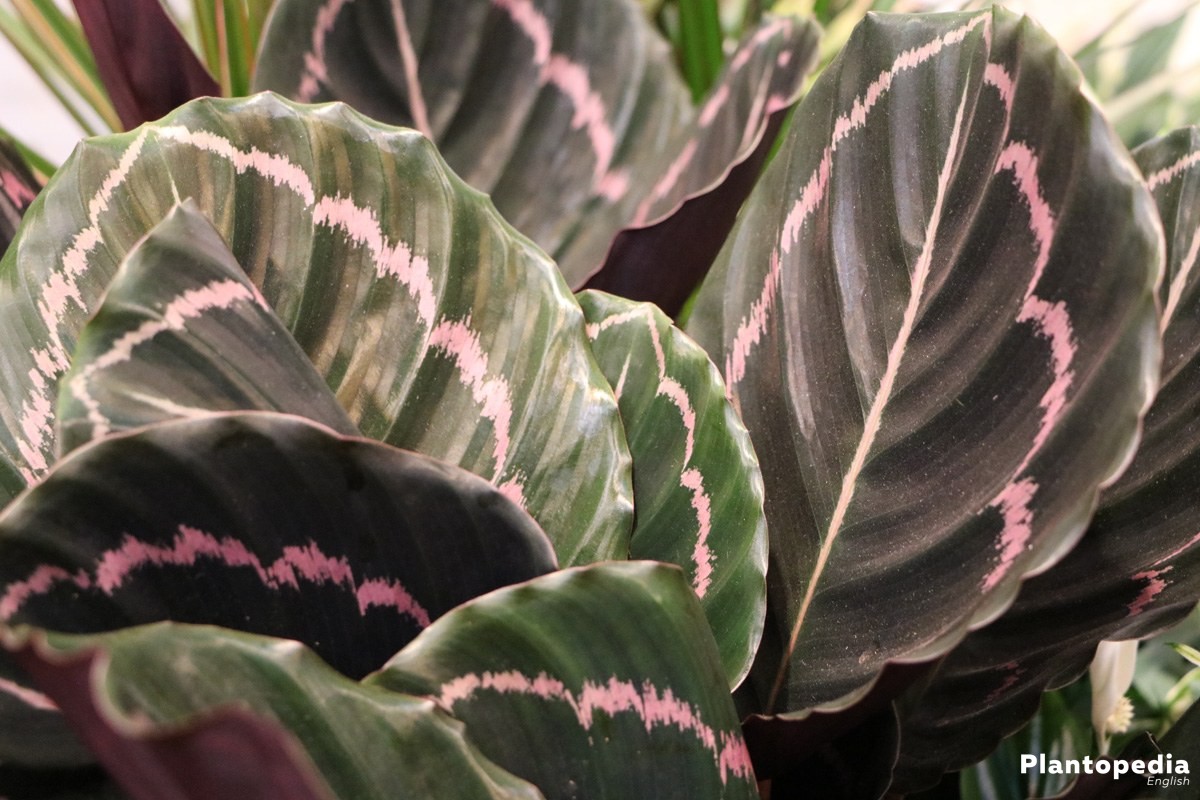
Aeschynanthus
- evergreen hanging plant
- color of the blossoms: Red, orange and yellow
- flowering period: June until October
- preferred location: shady to sunny
- does not tolerate direct sun exposure
- prefers location with high humidity
- no draft
- height of growth: between 50 centimeters and 150 centimeters
- preferred temperature: between 20 degrees Celsius and 25 degrees Celsius
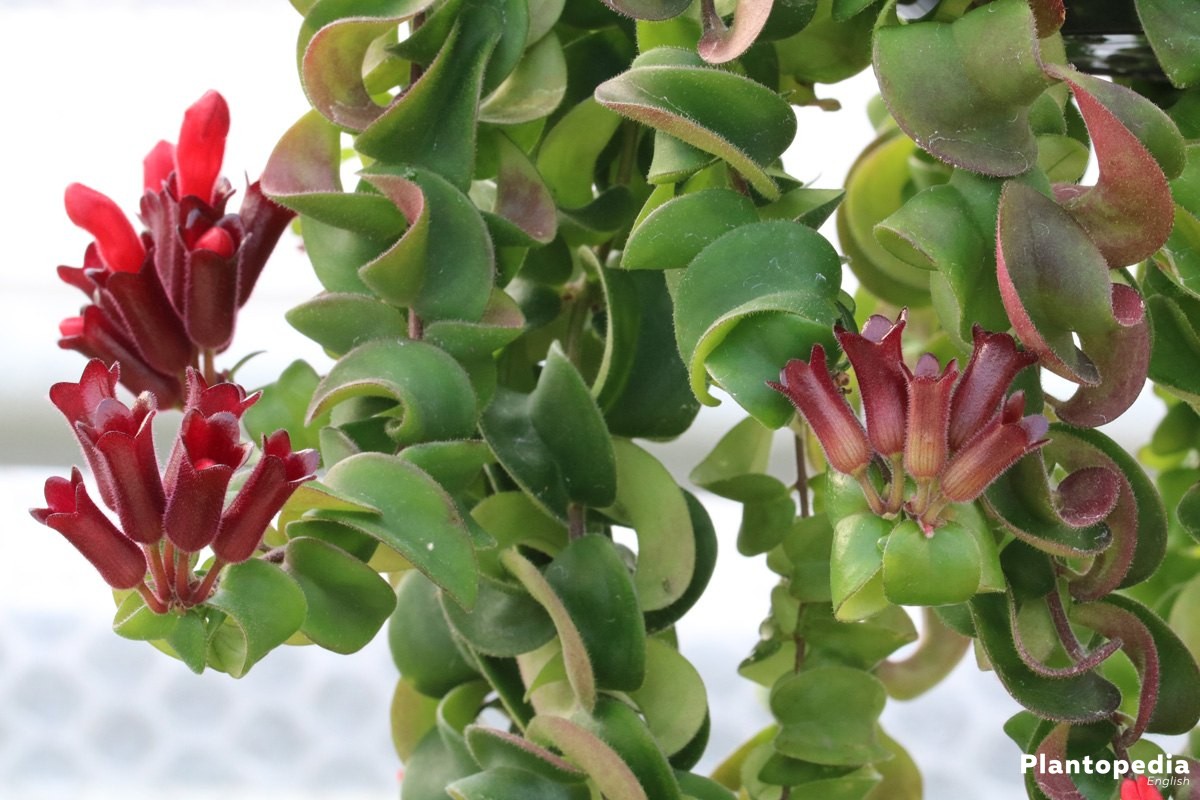
Siderasis fuscata
- evergreen pot plant
- color of the blossoms: violet to red violet
- flowering period: Autumn
- preferred location: shady to bright half-shade
- does not tolerate direct sun exposure
- no draft
- height of growth: between 15 centimeters and 45 centimeters
- preferred temperature: between 20 degrees Celsius and 24 degrees Celsius
Kalanchoe blossfeldiana
- low-maintenance evergreen indoor plant
- color of the blossoms: Red, rose, yellow, white, pink, orange
- flowering period: Depending on the light conditions February to June
- preferred location: sunny
- half-shade is being tolerated
- does not tolerate direct sun exposure
- grows slower in half-shady conditions
- flowering period can change in half-shady conditions
- height of growth: Up to 30 centimeters
- preferred temperature: up to 25 degrees Celsius
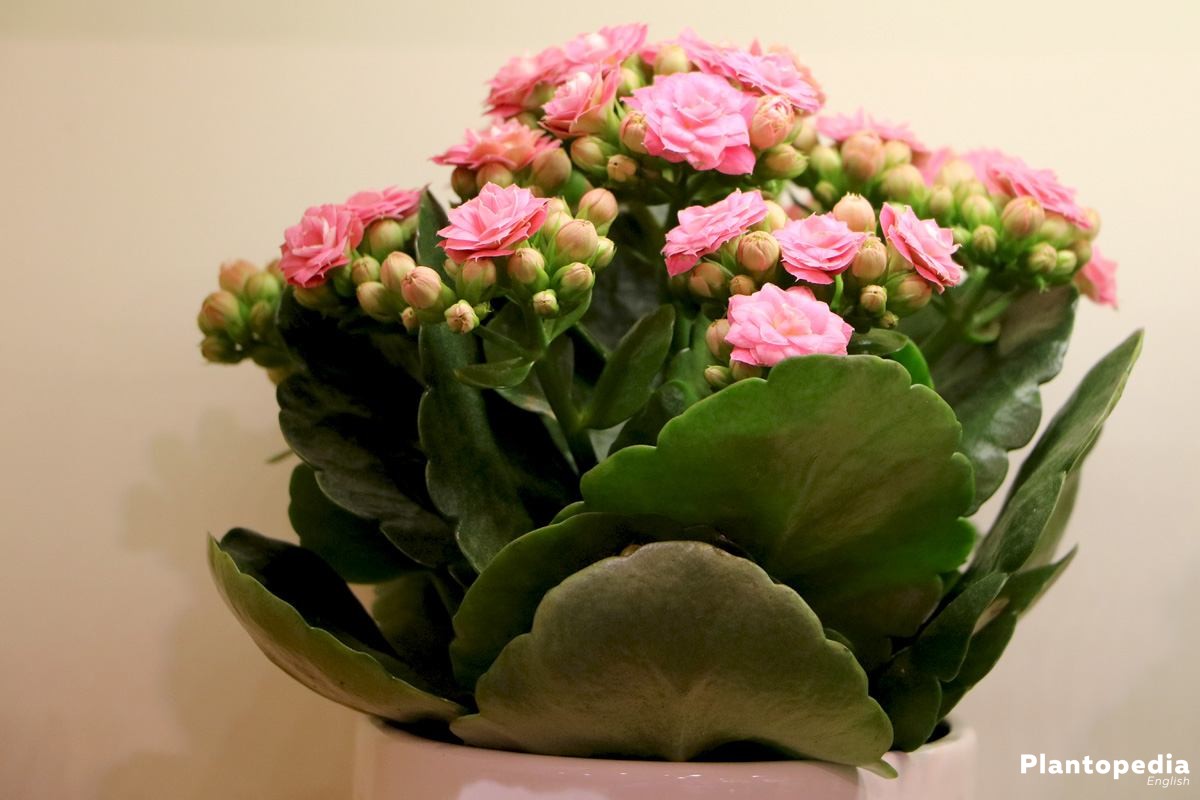
Anthurium
- evergreen indoor plant
- color of the blossoms: Red, rose or white as upper leaves
- flowering period: February until May, sometimes the whole year
- preferred location: sunny
- half-shade is tolerated
- does not tolerate direct sun exposure
- avoid midday sun
- prefers high humidity
- height of growth: depending on the variety 30 centimeters to 80 centimeters
- preferred temperature: 18 degrees Celsius to 20 degrees Celsius
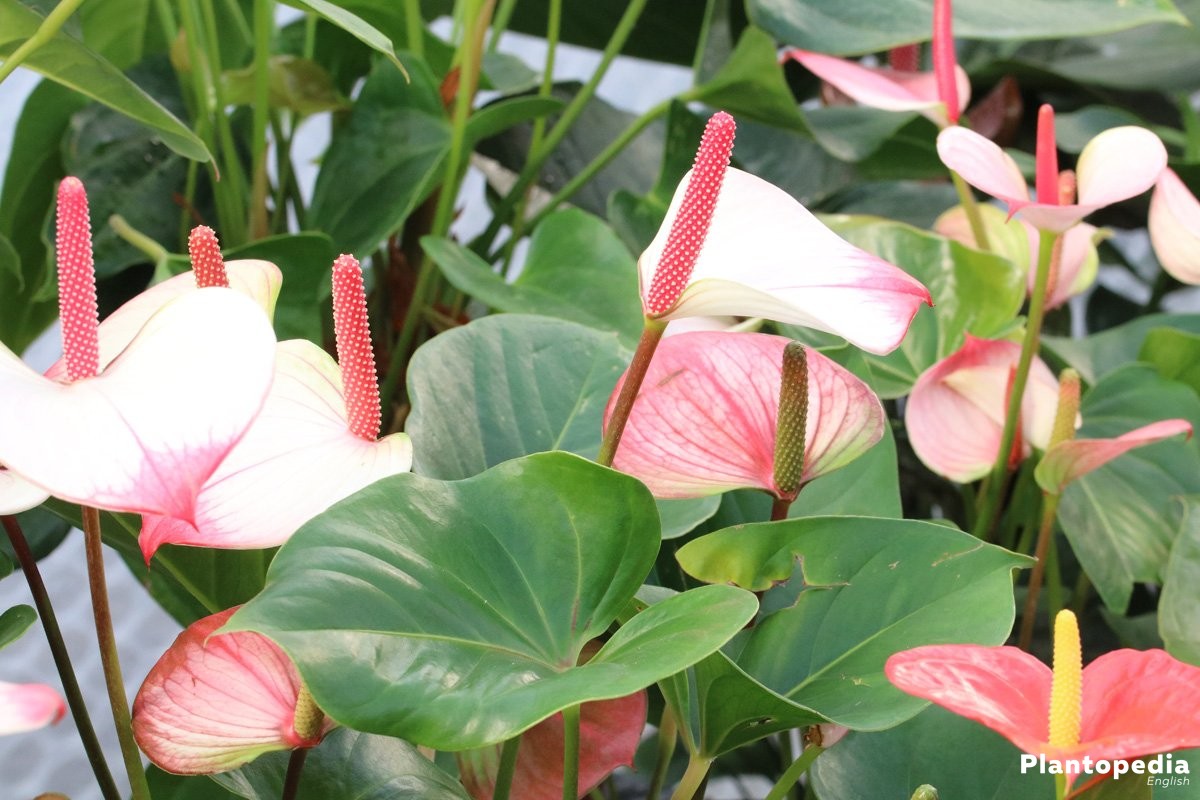
Streptocarpus
- orchard-like blossom flowering plant
- color of the blossoms: Red, rose, pink or violet
- flowering period: From February until May
- preferred location: shady, half-shady
- ideal location at west or east windows
- does not tolerate direct sun exposure
- does not tolerate exposure to the direct midday sun
- prefers high humidity between 60 percent to 80 percent
- height of growth: Depending on the variety 15 centimeters to 25 centimeters
- preferred temperature: approximately 22 degrees Celsius

Aglaonema
- low-maintenance ornamental plant
- color of the blossoms: Yellow or white
- flowering period: Late autumn
- preferred location: shady to sunny
- after the flowering period: shady locations are recommended
- does not tolerate direct sun exposure
- height of growth: Depending on the variety between 20 centimeters and 100 centimeters
- preferred temperature: approximately 25 degrees Celsius
Saintpaulia
- low in growth indoor plant
- color of the blossoms: Blue, red or white
- flowering period: Spring until autumn – possible throughout the year
- preferred location: sunny
- tolerates half-shade if the temperature lies between 18 degrees Celsius and 20 degrees Celsius
- does not tolerate direct exposure to sunlight
- no draft
- prefers high humidity of at least 60 percent
- height of growth: depending on the variety between 10 centimeters and 15 centimeters
- preferred temperature: between 20 degrees Celsius and 25 degrees Celsius
